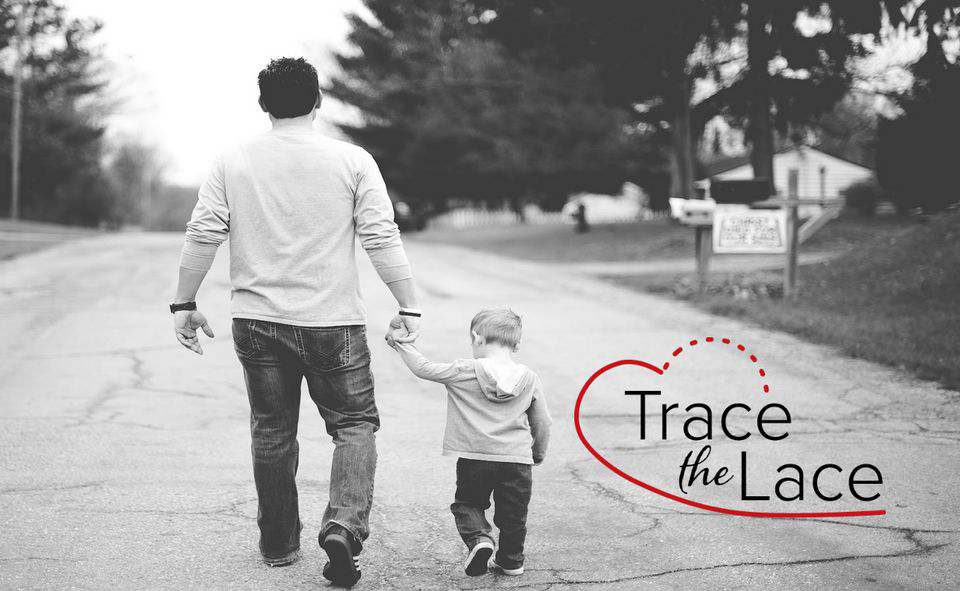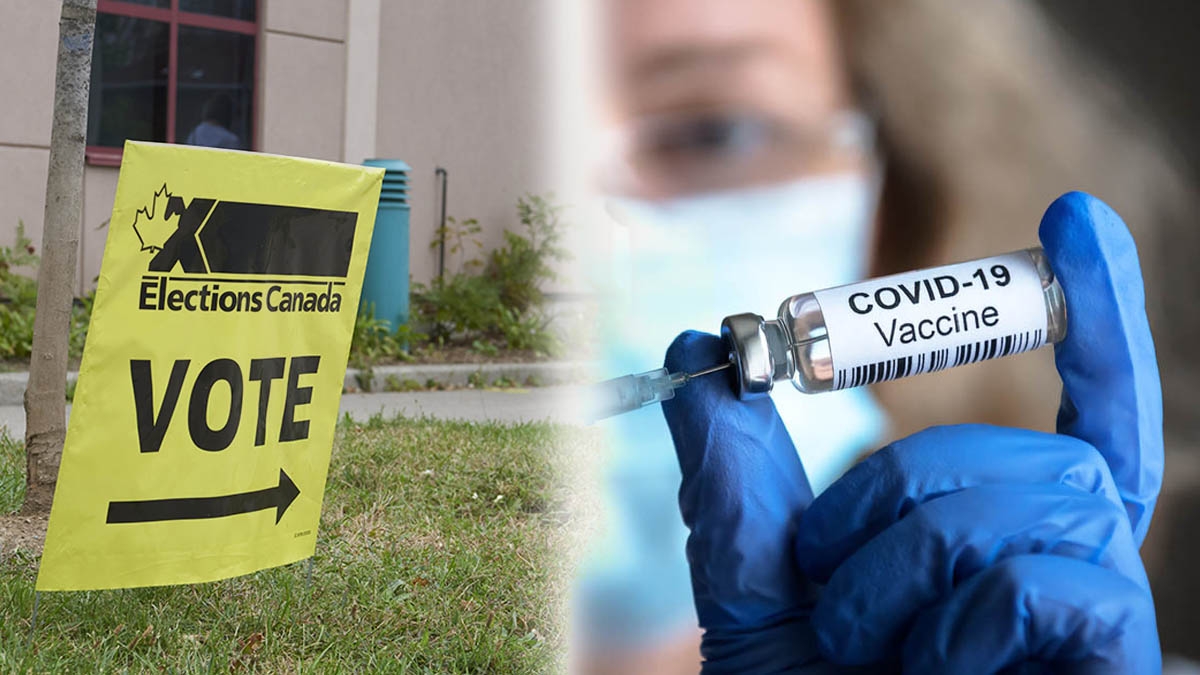
Ottawa Non-Profit Trace the Lace Advocates for Justice for Those Lost to Laced Drugs
There exists a bias when it comes to drug overdoses. The unfortunate reality of the ongoing crisis with drugs in Canada is that the public ties it to images of vagrancy, which takes the human face away from those who are lost to addiction.
The reality is that both long-term addicts and first-time users are at risk of encountering a contaminated supply, leading to tragedies that affect individuals from all walks of life as the crisis involving fentanyl and opioids persists. With the drug supply becoming progressively more contaminated, the fatality count continues to climb.
Every parent’s worst nightmare is the loss of a child. For Natalie Bergin, that nightmare became a reality when she found her son, William, dead of an overdose. Williams’s story is tragic. He was a smart young man who made friends with just about anyone.
William was the kind of person who was always ready to help others. His mother said it wasn’t until after the tragic loss of William that she found out how he spent his spare time helping his fellow students in the aviation program at Algonquin College. Hours at a time; that was just the sort of person he was.
Suffering from anxiety as many millennials and Gen Z young adults do, William had gone off his medication. One night, in the company of people he assumed to be his friends, William took a pill he believed to be Xanax. It was not. Instead, it was a fake version of the pill laced with a deadly narcotic called Flubromazolam that does not respond to Narcan.
Natalie discovered her son in his room, non-responsive and without vitals. It was too late to do anything. Although he had acquaintances who likely knew the source of the poisoned drugs, no one was willing to talk to the Ottawa Police Service (OPS), who did nothing to find out where the tainted pills came from. Instead, they treated the case as just another overdose. It was like losing her son a second time. She knew that William was poisoned by counterfeit drugs.
Only one other case of Flubromazolam poisoning in Canada has been recorded, and that was in the territories, which leaves more questions than answers. When Natalie asked the pathologist where the drug that had killed her son had come from, he flippantly responded, “Ask the cartel.” It was yet another punch in the gut.
Despite the system failing her, Natalie celebrated the life of her son at a funeral with 250 mourners in attendance—and this was during ongoing Covid restrictions.
With love and pain in her heart, Natalie focused her energy and experience on pushing for change. She launched the non-profit Trace the Lace, an advocacy group that aims to change how overdoses are viewed in Canada. They also want those who are accountable for poisoning street drugs held responsible and prosecuted.
Among the organization’s goals is a compressive federal registry of information on drug overdoses that trace the drugs to the source. One resource for all levels of police would alleviate any need for police forces from different municipalities to cooperate. This idea is simple and easy to implement and would allow law enforcement to see trends, patterns, and frequency.
In addition, Trace the Lace aims to transform the legal definitions surrounding overdoses in Canada, where currently, overdose deaths are routinely ruled as “accidental.” The organization believes the wording should be changed to “suspicious” so that criminal charges and convictions can be pursued for anyone caught pushing contaminated drugs.
Trace the Lace also wants to end the stigma around drug overdoses by creating a forum for family and friends to share their stories. As Bergin points out, drugs are everywhere, from music to movies to television shows. Kids are using them more often, and more young people are dying from drug-related deaths to the point that national life expectancy in Canada has dropped as a result. Everyone who dies of an overdose has someone who cares about them, and they deserve to be remembered in a dignified way.
It’s not lost on Bergin that the Canadian government has taken steps toward decriminalizing small-scale possession of hard drugs, yet drug-related fatalities are on the rise. Trace the Lace is advocating for immediate access to government-funded treatment facilities for individuals struggling with addiction, emphasizing that accessible and prompt treatment options are critical in saving lives and preventing tragedies caused by laced drugs.
Bergin has already received wide-ranging government support and has been in touch with members of Parliament from both sides of the aisle, as well as law enforcement. Still, she wants to introduce Trace the Lace as a growing resource and advocate to the broader public.
Natalie and William Bergin’s story has become all too common in Canada: a good kid from a good home makes a mistake one night that costs him his life. And William was a good kid. He was a young man with a passion for helping others whose life was taken by poisoned drugs.
To support expansion plans and to keep Williams’ memory alive, the organization will host a memorial golf tournament at Mountain Creek Golf Course in Arnprior on September 6, 2024.
Find out more about Trace the Lace by visiting www.tracethelace.ca.








